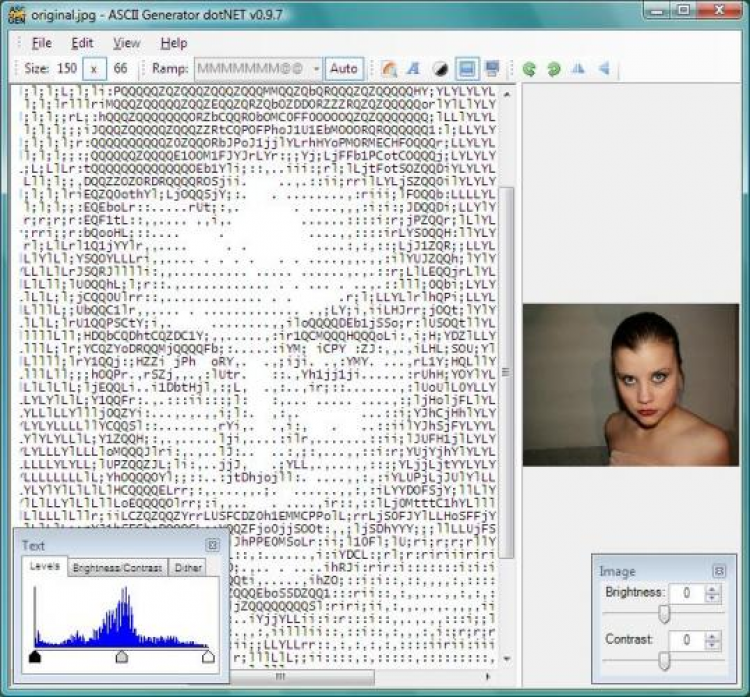Image to Text for Beginners: A Quick Start Guide
페이지 정보

본문
In the realm of converting visual information into readable content, there's a fascinating process that unfolds. This technique allows for the transformation of graphical elements into characters that can be understood by both humans and machines. By employing advanced algorithms, we bridge the gap between what we see and how it is interpreted.
Imagine a world where every picture, symbol, or diagram can instantly be translated into a coherent format. This isn’t just about simplifying data but about unlocking new possibilities. The technology behind this is remarkable, as it leverages complex systems to analyze visual details and convert them into a form that can be processed further.
With this capability, a multitude of applications opens up. From accessibility enhancements to automated document processing, the potential is vast. This innovative approach is not merely about converting what’s seen into written form but about enhancing how we interact with digital and printed information.
The implications extend far beyond traditional uses, touching on diverse fields such as machine learning, artificial intelligence, and digital archiving. By translating visual inputs into structured data, we enable more dynamic and interactive forms of communication, making it easier to integrate and manipulate information across various platforms.
Understanding Image-to-Text Technology
In today's digital world, the ability to convert visual information into written form is transformative. This technology bridges the gap between what we see and how we understand it through words. Automated systems scan and interpret visual inputs, turning them into readable content. This process is crucial for various applications, from accessibility tools to data extraction.
Imagine a system that recognizes handwritten notes and translates them into digital format. It can process a wide range of styles and formats, ensuring accurate results even with varied quality. The efficiency of these tools is enhanced by sophisticated algorithms and neural networks. These systems analyze patterns and structures, translating them into coherent text. As the technology evolves, its accuracy and speed improve, making it increasingly valuable.
Many platforms now offer such capabilities, helping users interact with content in new ways. For a closer look at how this technology works, you can visit image to text. This site provides insights into how visual data is converted into written information and showcases the potential applications of this technology.
Applications and Benefits of OCR
Optical character recognition (OCR) technology revolutionizes how we interact with printed and handwritten materials. This innovation transforms visual symbols into machine-readable data, enhancing productivity and accessibility. From everyday tasks to complex data processing, the advantages are numerous and impactful.
One major application is in document digitization. Many organizations convert paper records into digital formats. This transition not only saves physical space but also facilitates easier and faster data retrieval. OCR systems make it possible to scan and convert pages of text into searchable documents.
In addition, OCR plays a crucial role in automating workflows. Businesses utilize this technology to streamline administrative processes. By automating data entry, errors are reduced, and efficiency is improved. It allows for rapid processing of forms, invoices, and other documents.
Another benefit is accessibility enhancement. For individuals with visual impairments, OCR technology can convert written content into spoken words or Braille. This opens up new opportunities for education and independent living, making information more accessible.
Moreover, OCR aids in archiving and preservation. Historical documents and manuscripts can be digitized and stored for future generations. This helps in protecting fragile documents while making them available for research and reference.
Overall, the integration of OCR technology into various fields offers substantial benefits. It not only optimizes document management but also fosters greater inclusivity and preserves valuable information. The potential for innovation continues to grow as OCR evolves, providing even more solutions for modern challenges.

- 이전글pari sportif bitcoin 24.07.22
- 다음글купить септик 24.07.22
댓글목록
등록된 댓글이 없습니다.

